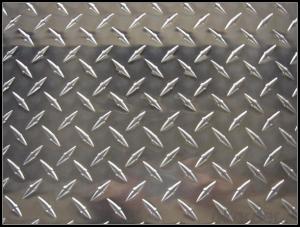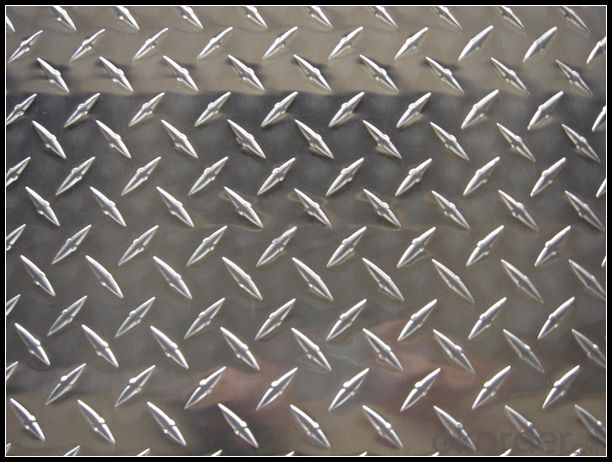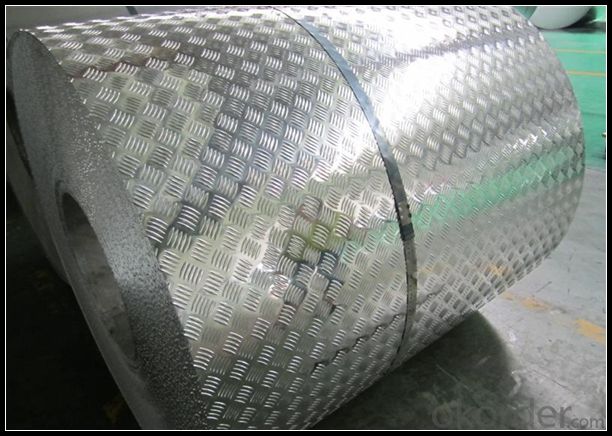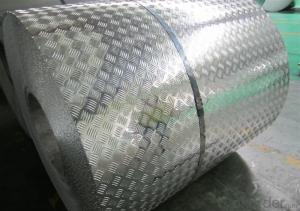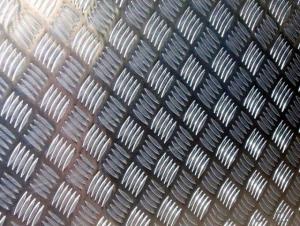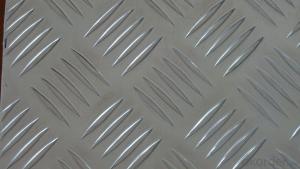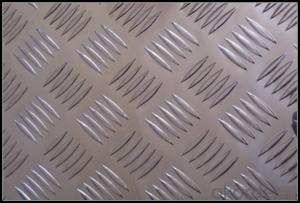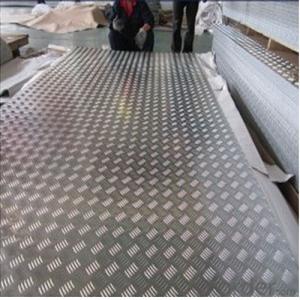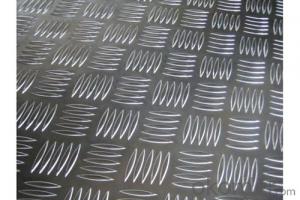2x8 Sheets of Aluminum Diamond Plate - Bright Five Bar Aluminium Tread Plate 1100 3003 5052 Alloy
- Loading Port:
- Shanghai
- Payment Terms:
- TT OR LC
- Min Order Qty:
- 5 m.t.
- Supply Capability:
- 10000 m.t./month
OKorder Service Pledge
OKorder Financial Service
You Might Also Like
Specification
1. Specification of Bright Five Bar Aluminium Tread Plate 1100 3003 5052 Alloy
EQUIPMENT | Double coating double baking; |
CAPACITY | 5000Mt/week |
SIZE | Thickness 0.18mm—2mm, width 40mm—1250mm |
PAINT THICKNESS | Top:18--25um, back:5-7um |
COIL WGT | 3Mt - 8Mt |
COIL ID | φ508mm,φ610mm |
SURFACE PAINT | EP, PE, HDP, SMP, PVDF |
COLOR SERIES | RAL color number series |
2. Application of Bright Five Bar Aluminium Tread Plate 1100 3003 5052 Alloy
(1).Interior: wall cladding, ceilings, bathrooms, kitchens and balconies, shutters, doors...
(2).Exterior: wall cladding, facades, roofing, canopies, tunnels,column covers , renovations...
(3).Advertisement: display platforms, signboards, fascia, shop fronts...
3. Feature of Bright Five Bar Aluminium Tread Plate 1100 3003 5052 Alloy
Surfact Quality :
Be free from Oil Stain, Dent, Inclusion, Scratches, Stain, Oxide Dicoloration, Breaks, Corrosion, Roll Marks, Dirt Streaks and other defect which will interfere with use,
Mechenical Property:
Chemical Composite and Mechanical Property
4. Certificate:
SGS and ROHS(if client request, paid by client), MTC(plant provided), Certificate of Origin(FORM A, FORM E, CO), Bureau Veritas and SGS (if client request, paid by client), CIQS certificate
5. Image of Bright Five Bar Aluminium Tread Plate 1100 3003 5052 Alloy
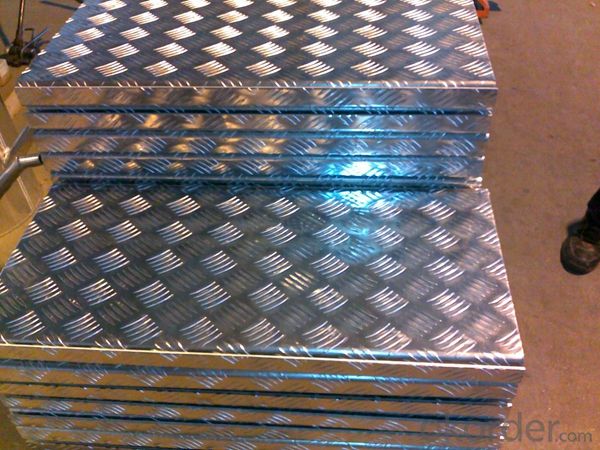
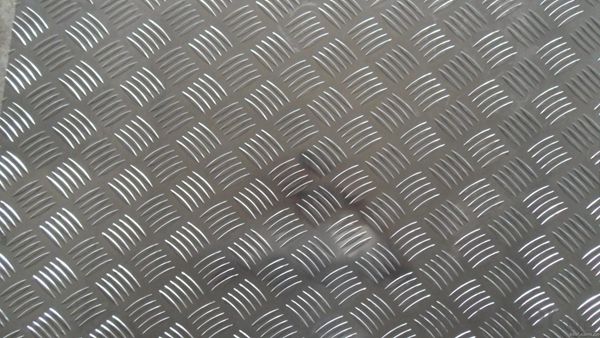
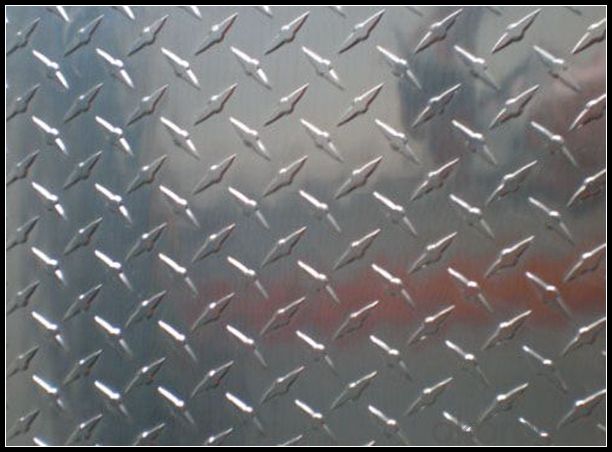
6. Package and shipping of Bright Five Bar Aluminium Tread Plate 1100 3003 5052 Alloy
First, plastic cloth with drying agent inside; Second, Pearl Wool ; Third, wooden cases with dry agent , fumigation wooden pallets, aluminum surface could cover blue PVC film
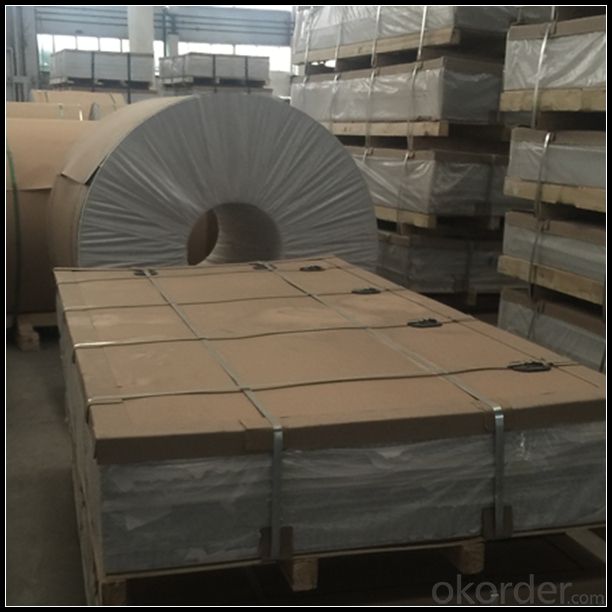
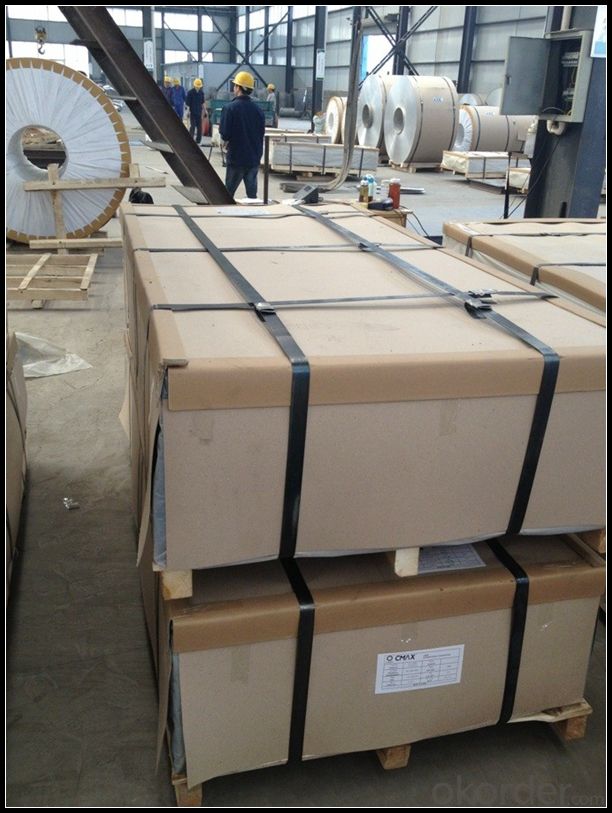
7. FAQ
1) What is the delivery time?
Dpends on actual order, around 20 to 35 days
2)What is the QC system:
We have QC staff of 20 persons and advanced equipment, each production is with MTC traced from Aluminum ingot lot.
3) What market do you mainly sell to?
Australia, America, Asia, Middle East, Western Europe, Africa etc
- Q: do recycling centers take already compacted aluminum cans? Link is below. if not then why are so many people making homemade can crushers?
- As okorder /... Granted it's controversial but it's not a risk I'm willing to take.
- Q: My professor gave us the following:1roll of Reynonlds Wrap Heavy Duty Aluminum18.0 in wide, 500.0 ft long and 0.94mil thickThe cost $48.98and I'm not sure how to figure it out
- You have : ---------------- V = aluminum volume in one roll = ( L ) ( W ) ( t ) V = ( 500 ft ) ( 1.5 ft ) ( 0.94 mil ) ( 1 in / 1000 mil ) ( 1 ft/12 in ) V = 0.05875 ft^3 m = aluminum mass = ( d ) ( V ) m = ( 168 lbm/ft^3 ) ( 0.05875 ft^3 ) = 9.87 lbm m = ( 9.87 lbm ) ( 453.6 g / 1.0 lbm ) = 4477 g n = moles of aluminum in one roll = m / M n = ( 4477 g ) / ( 27 g/mol ) = 165.8 moles Al N Al atoms = ( n Al ) ( NAVO ) N Al atoms = ( 165.8 mol ) ( 6.022 x 10^23 atoms / mol ) N Al atoms = 998.5 x 10^23 Al atoms C* = cost per atom = cost of aluminum roll / number of aluminum atoms in one roll C* = ( 4898 cents ) / 998.5 x 10^23 atoms ) C* = 4.91 x 10^-23 cents per Al atom --------------- Please award Best Answer to the most correct and most helpful response to your question. C* =
- Q: Is aluminum sheet resistant to UV rays?
- Yes, aluminum sheet is resistant to UV rays. Aluminum naturally forms a protective oxide layer that acts as a barrier against UV radiation. This oxide layer helps to prevent the aluminum sheet from being damaged or degraded by exposure to the sun's UV rays. This makes aluminum sheet a suitable material for outdoor applications, where it can withstand prolonged exposure to sunlight without fading or deteriorating. Additionally, the reflective properties of aluminum further contribute to its UV resistance, as it can reflect a significant amount of the sun's rays, reducing heat absorption and potential damage.
- Q: What are the different methods of surface cleaning for aluminum sheets?
- There are several methods of surface cleaning for aluminum sheets, including mechanical cleaning such as sanding or grinding, chemical cleaning using solvents or acidic solutions, and electrolytic cleaning which involves using an electric current to remove contaminants. Additionally, ultrasonic cleaning and steam cleaning are also commonly used methods to clean aluminum surfaces.
- Q: This question asks for methods to maintain a smooth and even surface finish on an aluminum sheet after it has been installed.
- <p>To ensure a smooth and even surface finish on an aluminum sheet after installation, follow these steps: 1. Choose high-quality aluminum sheets with a consistent thickness and surface texture. 2. Use appropriate cutting and shaping tools to avoid scratches and deformations. 3. Clean the surface thoroughly before installation to remove any dirt or debris. 4. Apply a protective coating or sealant if necessary, following the manufacturer's instructions. 5. Install the aluminum sheet using proper techniques and hardware to avoid warping or unevenness. 6. Inspect the surface regularly for any signs of wear or damage, and address them promptly. By following these steps, you can maintain a smooth and even surface finish on your aluminum sheet after installation.</p>
- Q: Curtain wall aluminum plate reinforcement spacing between the number of appropriate, the country has no standard?
- As to the stiffener of the aluminum veneer, what are the following points?:1, aluminum reinforcement spacing is generally around 600mm, in order to ensure the aluminum plate in the positive and negative pressure conditions within the scope of deformation. When aluminum plate is welded, there is internal stress due to welding deformation (this internal stress can not be completely eliminated for a long time), and the rigidity of reinforcing bar should also be increased.2. The sectional dimension and spacing of stiffeners shall be determined according to the calculated wind pressure of the aluminum plate. But it is worth noting that the reinforcement calculation of single aluminum plate strengthening is different from the glass curtain wall, first, its strength is certainly no problem (still not seen the wind blowing broken plate, there is no joke) deflection possibility, bend off and windy weather also very few people to pay attention to the single aluminum plate plate surface after deformation the scenery. Therefore, the calculation of deflection of stiffeners are considered under the condition of wind strength and deflection when the winds of aluminum can cause permanent plastic deformation.In fact, aluminum veneer manufacturers generally use the single aluminum plate edge folding groove made of aluminum and 20*40*20, installed in the distance about 600mm. Also useful for profile (grooved aluminum) stiffenersThe spacing between stiffeners is very important to the cost of production. Generally speaking, the spacing of stiffeners will be changed from 600 to 350, and the cost will be increased by 8~15 yuan / square meter
- Q: Are aluminum sheets suitable for marine hulls?
- Indeed, marine hulls can indeed be made using aluminum sheets. The utilization of aluminum in boat construction is widespread due to its numerous advantageous properties. The lightweight nature of aluminum enables enhanced fuel efficiency and increased speed. Furthermore, its exceptional resistance to corrosion renders it well-suited for prolonged exposure to saltwater. Moreover, aluminum possesses remarkable strength and durability, thereby ensuring the integrity of the hull's structure. Additionally, aluminum can be easily manipulated into intricate shapes, allowing for the creation of innovative hull designs. In summary, aluminum sheets represent a dependable and efficient option for marine hulls, delivering a robust and corrosion-resistant framework that enhances the boat's performance and lifespan.
- Q: I am doing some exam review and do not know how to do these...Calculate the number of Nitrate ions in 3.99 g or aluminum nitrate.
- OK - first you need the ENTIRE mass of the aluminum nitrate (gram formula mass). You need the correct formula for aluminum nitrate, then add up the atomic masses from the periodic chart. Then, you need to convert 3.99 g of aluminum nitrate to moles of aluminum nitrate. (grams/formula mass = moles) Then, you need to take into account how many moles of nitrate ions are in a mole (look at the correct formula for aluminum nitrate). Then multiply by the number of moles you calculated (moles of ions per molecule x #moles). This would be moles of ions. You need individual ions you would the multiply by 6.02 x 10^23 ions/mole. SO: grams of sample divided by formula mass x #nitrate ions per molecule x (6.023 x 10^23 ions per mole) = # ions
- Q: What are the different bending techniques for aluminum sheets?
- Aluminum sheets can be bent using various techniques. Some commonly used techniques include: 1. Air bending: By applying force with a punch, the sheet bends in a straight line. The degree of bending depends on the force exerted. 2. Bottom bending: In this method, the sheet is clamped between a bottom tool and a die. A punch is then used to apply force from the top, resulting in a precise and consistent bend angle. 3. Coining: This technique involves bending the sheet with a punch and die, but with significantly higher force compared to other methods. The result is a crisp and sharp bend with minimal springback. 4. Rotary bending: The sheet is gradually bent around a rotating bending roll, which applies pressure to achieve a smooth bend. 5. Roll bending: Large sheets or cylindrical shapes are formed by passing the aluminum sheet through a series of rollers that gradually bend it to the desired shape. 6. Press braking: A versatile technique that utilizes a press brake machine consisting of a punch, die, and back gauge. This allows for precise and repeatable bends. Each technique has its own advantages and limitations, and the choice depends on factors like the desired bend angle, sheet thickness, and final product shape. It is crucial to select the appropriate technique to achieve the desired result and prevent any defects or damage to the aluminum sheet.
- Q: How do aluminum sheets perform in terms of creep resistance?
- Aluminum sheets are known for their excellent creep resistance. Creep is the tendency of a material to slowly deform under a constant load over time. Compared to other metals, such as steel, aluminum has a relatively low creep rate, meaning it deforms at a slower rate under the same load and temperature conditions. This makes aluminum sheets suitable for applications requiring dimensional stability and resistance to long-term deformation. Additionally, aluminum's low creep resistance allows it to withstand high temperatures without significant deformation, making it suitable for use in various industries, including aerospace, automotive, and construction. However, it is important to note that the creep resistance of aluminum sheets can vary depending on the alloy used, heat treatment, and other factors, so it is essential to choose the appropriate aluminum alloy and design for specific applications to optimize creep resistance.
Send your message to us
2x8 Sheets of Aluminum Diamond Plate - Bright Five Bar Aluminium Tread Plate 1100 3003 5052 Alloy
- Loading Port:
- Shanghai
- Payment Terms:
- TT OR LC
- Min Order Qty:
- 5 m.t.
- Supply Capability:
- 10000 m.t./month
OKorder Service Pledge
OKorder Financial Service
Similar products
Hot products
Hot Searches
Related keywords
